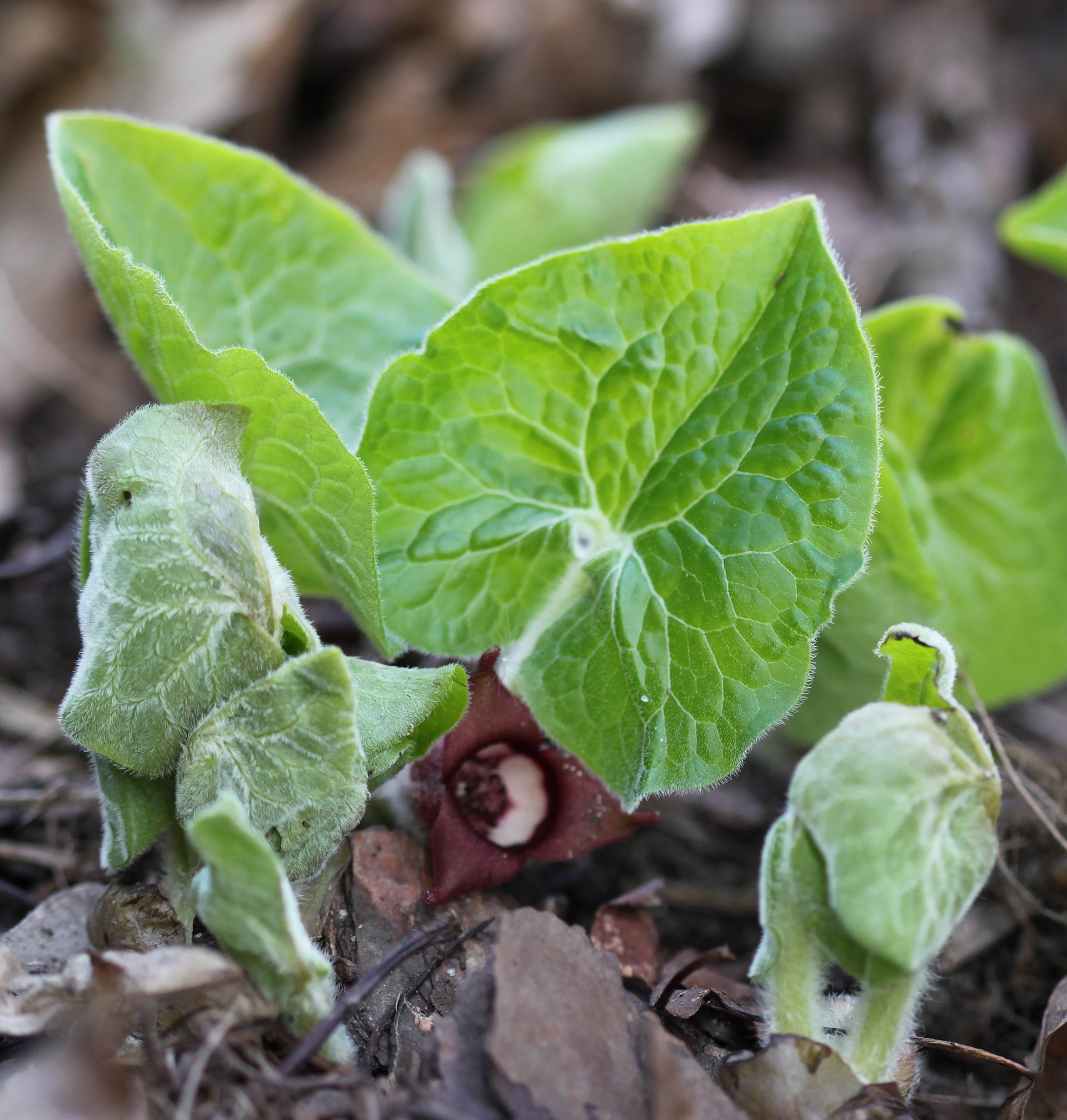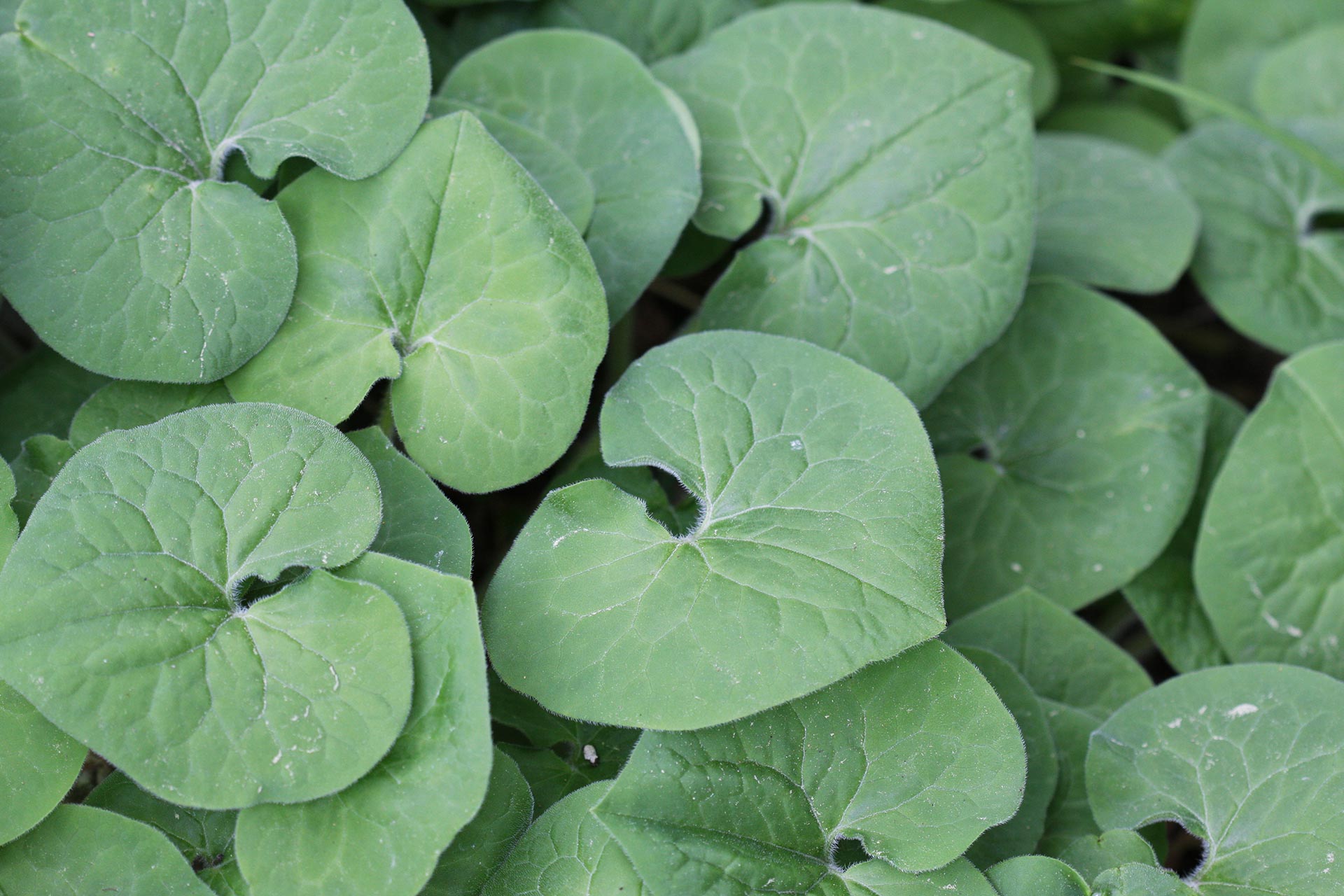
SCIENTIFIC NAME
DESCRIPTION
RANGE
HABITAT
DIET
BEHAVIOUR
undefinedPRIMARY ECOSYSTEM ROLES
Scientific Name: Asarum caudatum and Asarum canadense
 Description:
Description:
Canada’s wild gingers are low-growing plants that can form a thick ground cover thanks to rhizomes that grow and spread just below the surface of the ground. Their large velvety leaves are kidney-shaped or heart-shaped that can grow to 25 centimetres tall. Red-brown flowers appear in the early spring along the ground, under the cover of the leaves. The flowers of the Western Wild Ginger have longer sepals (petal-like structures) than that of the easterly Common Wild Ginger.
Range:
Western Wild Ginger can be found in British Columbia while the eastern species, Common Wild Ginger, ranges from Manitoba to New Brunswick.
Habitat:
Western Wild ginger typically grows in moist coniferous woodlands while the easterly species is commonly found in rich deciduous woodlands. They both do well in partial or full shade.
Wildlife Uses:
The Pipevine Swallowtail uses the eastern species plant as a larval food plant (food for their caterpillars). While many have said that flies pollinate this flower, there is evidence to support that wild gingers are instead self-pollinating.
 Human Uses:
Human Uses:
Indigenous cultures have used the leaves and roots of the native wild ginger species to treat ailments from colds and digestion issues and pain. Wild gingers have also been used in food, although there are some that advise against eating this plant.
Neat Facts:
The rhizome (root-like part) of these plants have a similar odour and flavour to that of the cultivated ginger we buy in grocery stores, but they are nevertheless very different plants. Many believe it is safe to ingest the root in small quantities, while others advise to avoid eating it entirely.
https://scholarship.richmond.edu/cgi/viewcontent.cgi?article=1143&context=biology-faculty-publications
- 0
